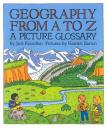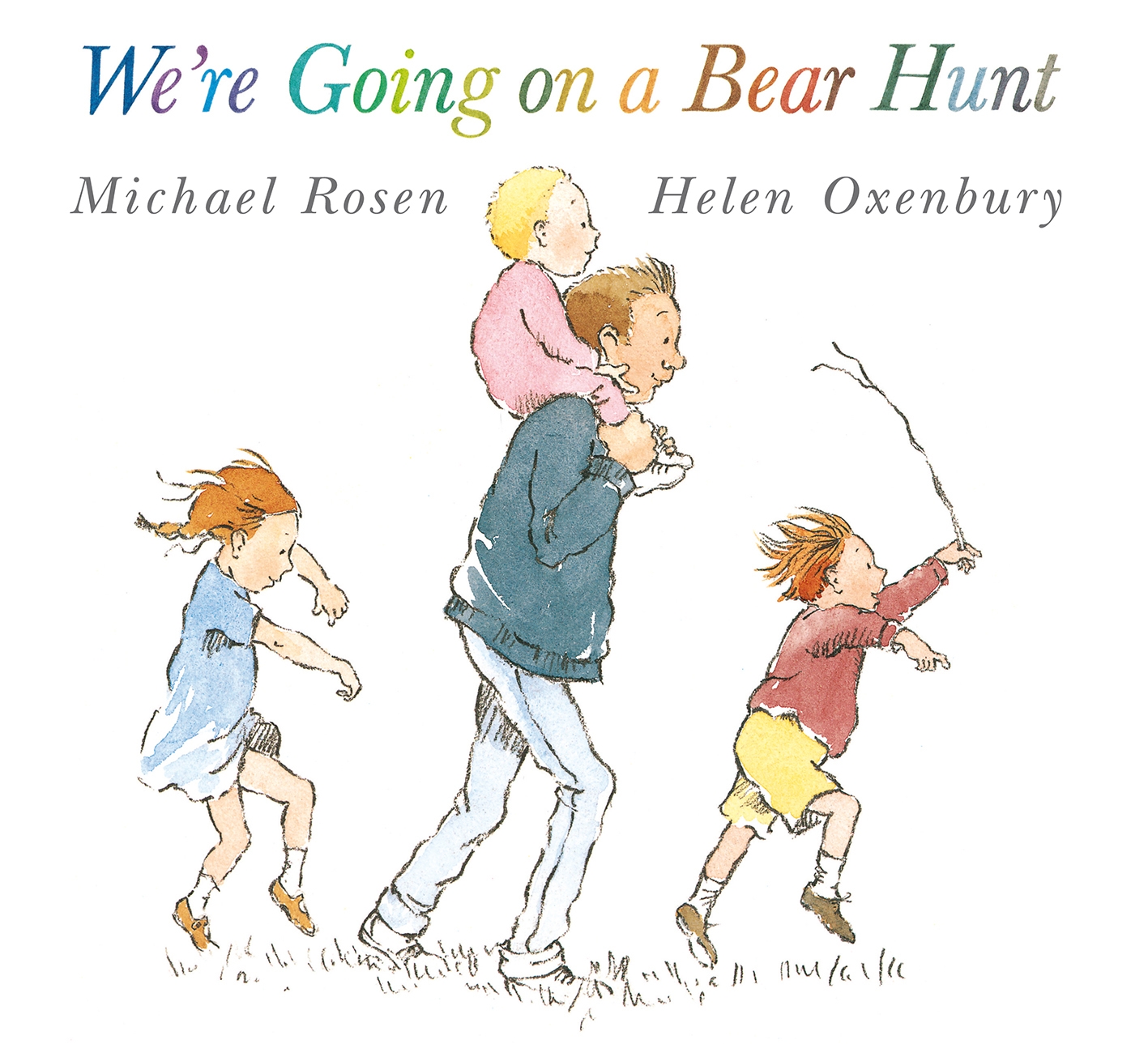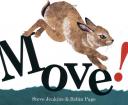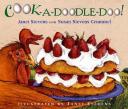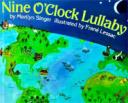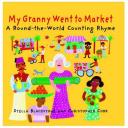“Bring a magnet close to a steel spoon. The magnet pulls the spoon. This pull is called magnetic force.”
Magnets, written by Peter Riley and illustrated by Franklin Watts, is a practical, hands-on book that can teach students the basics about magnets. The images depict young students experimenting with magnets and the text explains exactly what is pictured. A first or second grade student might read this book on his own. All lower elementary students would benefit from the way this book explains magnets. Terms are explained plainly within the text and a glossary is also located in the back.
The book is written with questions for students to ponder throughout the text. The answers are listed in the back of the book. There is a teacher suggestion page in the front and resources listed in the back for continued learning about magnets. Concepts covered include magnetic force, magnetic and non-magnetic materials, and the magnetic poles.
Curriculum Connections
This book introduces students to experiments with magnets. Students can see that magnets have a pull on some objects and not on others (K.3). It briefly mentions some practical uses of magnets. I would use this book as an introduction to magnets and then give the students an opportunity to experiment with magnets.
Additional Resources
Teachers can utilize an entire unit of lesson plans on teaching about magnets in kindergarten.
For an animated movie on magnets, check out the BrainPOP website.
For songs about magnets, go to Songs for Teaching.
General Information
Book: Magnets
Author: Peter Riley
Illustrator: Franklin Watts
Publisher: Gareth Stevens Publishing
Publication Date: 2002
Pages: 31
Grade Range: K-2nd
ISBN: 0-8368-3250-7


